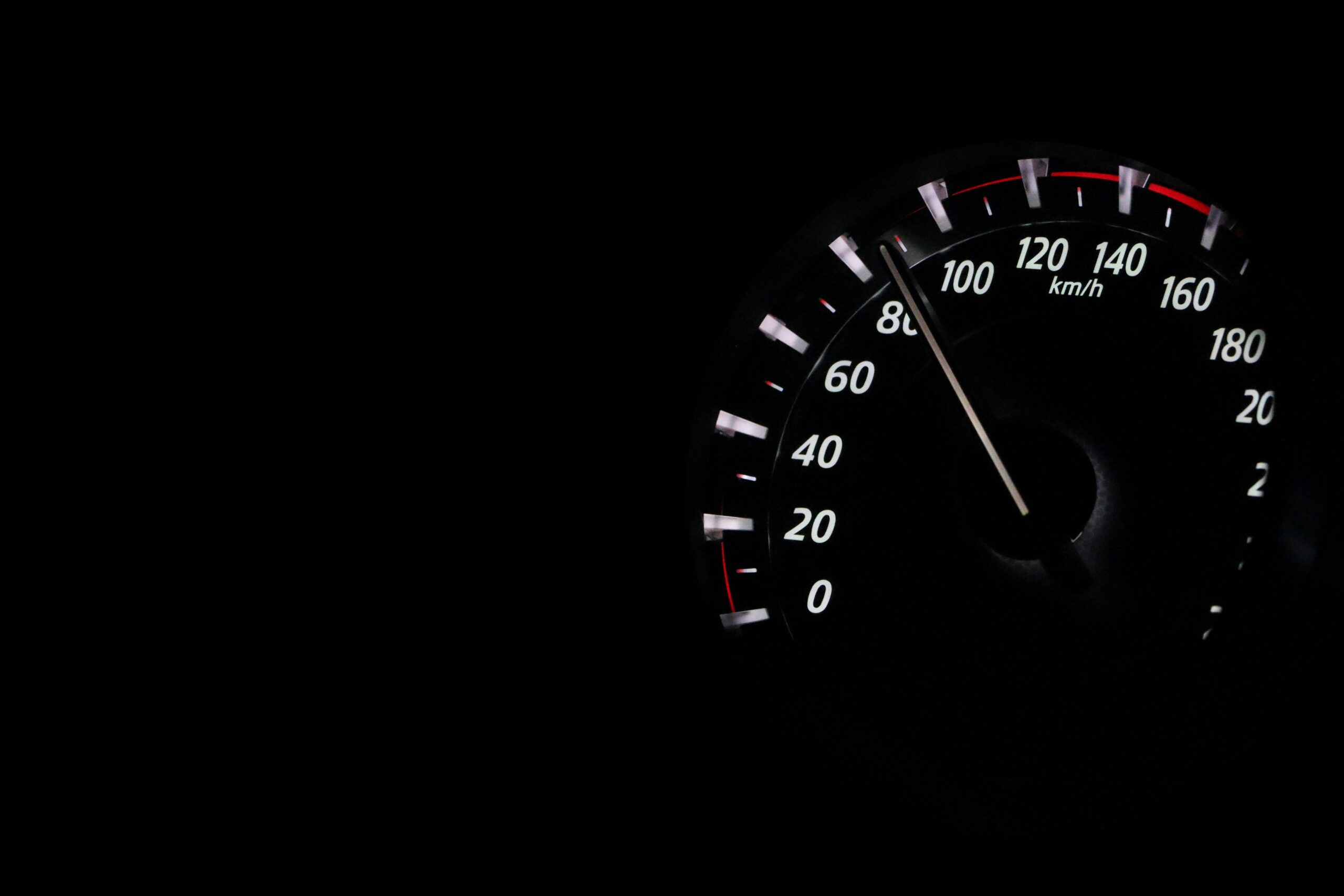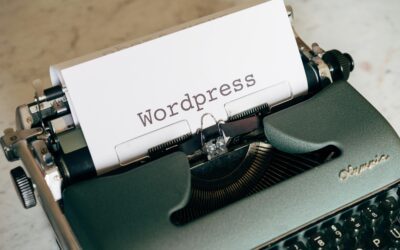When it comes to building a high-performing website, website page speed is one of the most critical—but often overlooked—factors. No matter how great your design or content is, if your site takes too long to load, users will leave before they even see it.
In the eyes of both users and search engines, speed equals quality. A fast-loading site not only keeps visitors engaged but also sends a positive signal to Google, helping boost your rankings. In fact, page speed is a confirmed ranking factor in Google’s algorithm—meaning that a slow site could be dragging your SEO down without you even realizing it.
In this guide, we’ll walk through exactly how to improve your website page speed, covering the tools, tactics, and technical steps that make a measurable difference in both performance and search visibility.
Why Website Page Speed Matters
1. User Experience
Users expect websites to load quickly. According to Google, 53% of mobile users abandon a site if it takes longer than 3 seconds to load. Poor website page speed leads to frustrated users and a higher chance they’ll leave before engaging with your content.
2. SEO Ranking Factor
Google has officially included page speed as a ranking factor—both for desktop and mobile searches. If your site is slow, it may rank lower in search engine results, even if your content is top-notch.
3. Conversion Rates
A delay of just one second in page load time can reduce conversions by up to 7%. Faster sites not only perform better in search engines but also retain visitors and convert them into customers more effectively.
How to Measure Website Page Speed
Before you start optimising, it’s important to know where your website currently stands. Use tools like:
- Google PageSpeed Insights – Provides a performance score along with actionable tips.
- GTmetrix – Offers detailed analysis and suggestions.
- WebPageTest – Great for advanced testing, including load time by region or browser.
These tools help you identify issues and track improvements as you make changes.
Tips to Optimise Website Page Speed
1. Compress and Resise Images
Images are one of the most common culprits behind slow page speeds. Use modern formats like WebP, and always compress images before uploading them.
Tools:
- TinyPNG or ImageOptim
- WordPress Plugins: Smush, ShortPixel
Also, scale images to the size they’ll actually be displayed. There’s no need to load a 2000px-wide image if it only appears at 400px.
2. Minify CSS, JavaScript, and HTML
Minification removes unnecessary characters (like spaces and comments) from code files to reduce their size. This speeds up how quickly they can be downloaded and executed.
How to do it:
- Use tools like UglifyJS or CSSNano
- WordPress users can install plugins like Autoptimize or WP Rocket
3. Enable Browser Caching
Browser caching stores static files (like CSS, images, and JavaScript) in the visitor’s browser. This means repeat visitors won’t have to download them again, improving load times dramatically.
To enable it:
- Use an
.htaccessfile (Apache) - Modify server settings or use caching plugins
4. Use a Content Delivery Network (CDN)
A CDN distributes your website’s static files across global servers, allowing users to download them from the location closest to them.
Popular CDNs:
- Cloudflare
- StackPath
- Amazon CloudFront
A CDN improves website page speed especially for global audiences and high-traffic sites.
5. Reduce HTTP Requests
Each file (CSS, JS, images) adds an HTTP request. Too many requests slow down your site. Reduce them by:
- Combining CSS and JS files
- Using CSS sprites
- Removing unnecessary plugins and third-party scripts
6. Enable Gzip Compression
Gzip compresses your files before sending them to the browser, reducing their size significantly.
You can enable it via:
.htaccessfor Apachenginx.conffor NGINX- WordPress plugins like WP Fastest Cache
7. Choose a Fast Hosting Provider
Your hosting provider plays a crucial role in website page speed. Shared hosting is usually slower, so consider:
- Upgrading to VPS or Cloud hosting
- Choosing performance-optimized hosts like SiteGround, Kinsta, or Cloudways
Conclusion: Website Page Speed Is Non-Negotiable
Optimising your website page speed isn’t a one-time task—it’s an ongoing process. As you add new content, features, and plugins, your site can gradually slow down without you even noticing.
Use the tools and techniques mentioned above to regularly test and optimise your site. Not only will you improve your SEO rankings, but you’ll also offer a better experience for your users—and that translates to higher engagement, more leads, and better business results.
Want help speeding up your website? Contact our web design team today for a free performance audit.





0 Comments